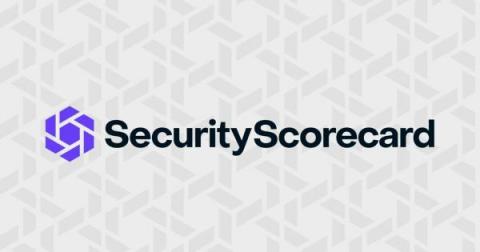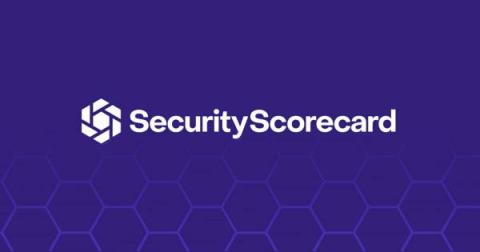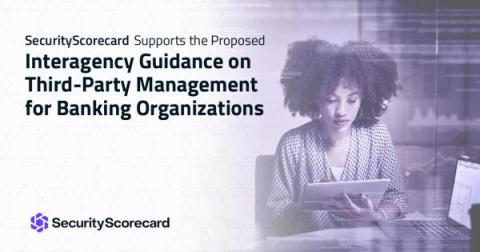Security | Threat Detection | Cyberattacks | DevSecOps | Compliance
Latest News
Traditional Supply Chain vs. Digital Supply Chain
First-Party vs Third-Party Cyber Insurance: What's the Difference?
Often it's not a question of if your business will experience a data breach, but when. Hackers are always looking for new ways to take advantage of weak networks or trick employees into falling prey to their schemes. And if your business operates computer systems or handles sensitive data regularly, you are at risk. Having the right insurance coverage to provide aid in the event of a cyber attack can save your business from expensive lawsuits and reputational damage.
Effective software security activities for managing supply chain risks
BSIMM12 reports increased attention on software security due to recent supply chain disruptions. Get recommendations for managing supply chain risks. As the global pandemic disrupted the way business is conducted, the workforce became more dispersed and moved far from the traditional secure enterprise environments.
Most Efficient Techniques for Quantifying Risks
The Importance of Information Security
How You Should Rank Cybersecurity Vulnerabilities
Creating a Successful Cybersecurity Risk Management Plan
SecurityScorecard Announces Plan to Train & Certify 25,000 Supply Chain Risk Professionals
Cybersecurity threats are on the rise. Over the past year, we’ve observed a 148% increase in ransomware attacks and an 85% increase in phishing attacks targeting remote users. Worse still, these attacks are growing increasingly sophisticated, with threat actors using eight or more vectors in the same attack, often deploying multiple vectors within minutes of one another.
SecurityScorecard Supports the Proposed Interagency Guidance on Third-Party Management for Banking Organizations
On July 19, 2021, The Board of Governors for the Federal Reserve System (Board), the Federal Deposit Insurance Corporation (FDIC), and the Office of the Comptroller of the Currency (OCC) released their proposed interagency guidance around third-party risk management. SecurityScorecard submitted comments in response to the proposal urging the agencies to include the adoption of security ratings to mitigate the cyber risk to financial institutions introduced by third-party vendors and suppliers.






